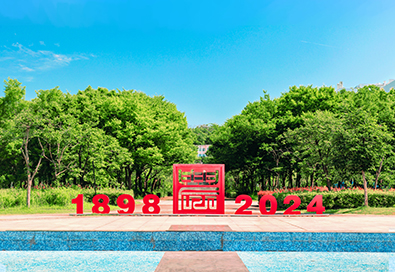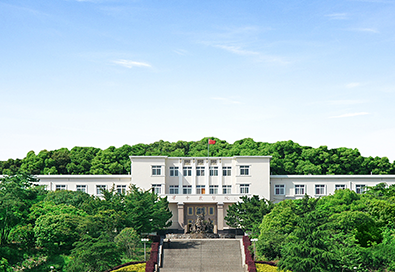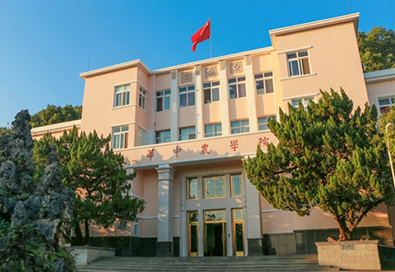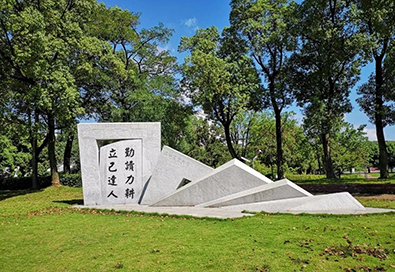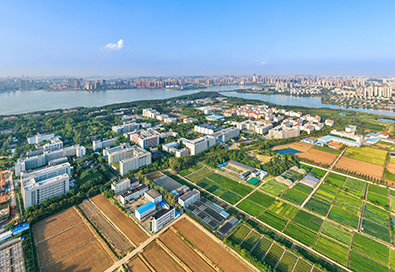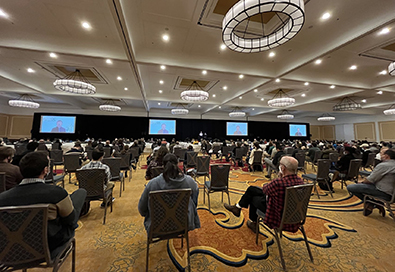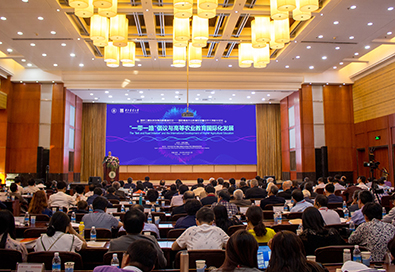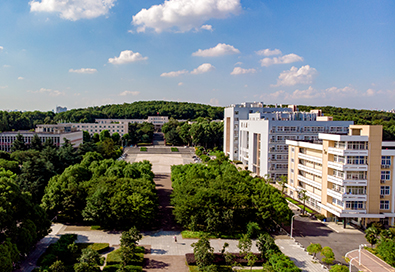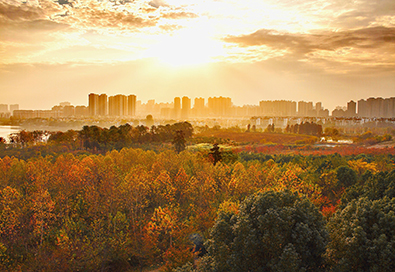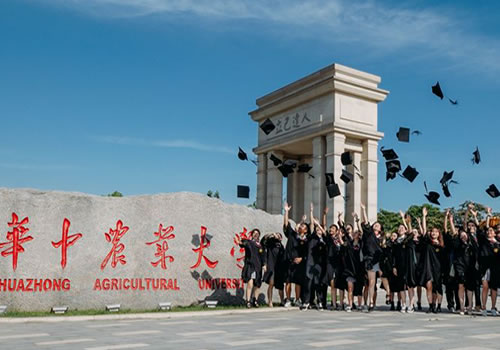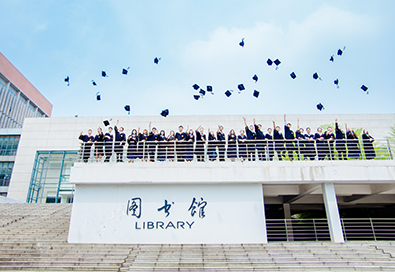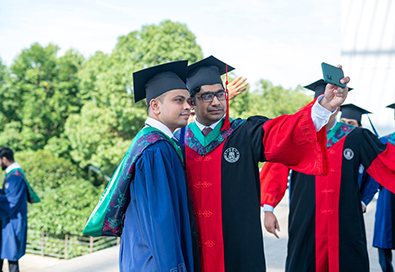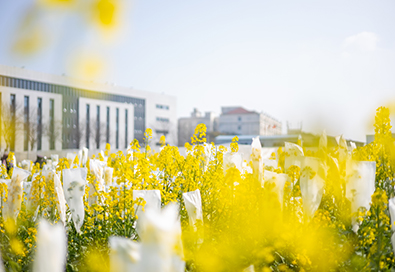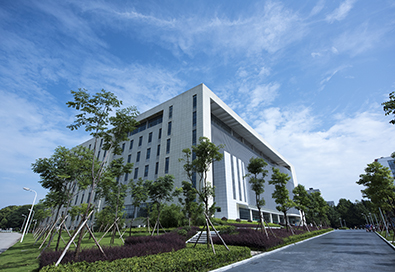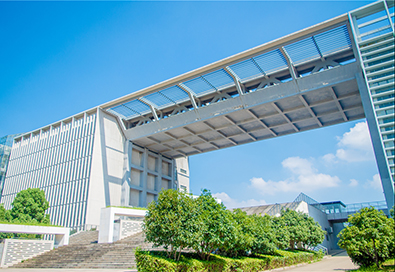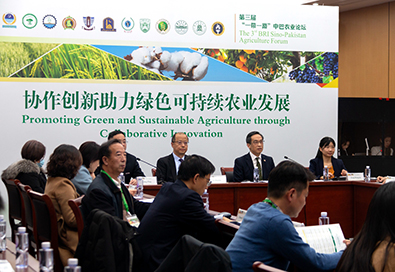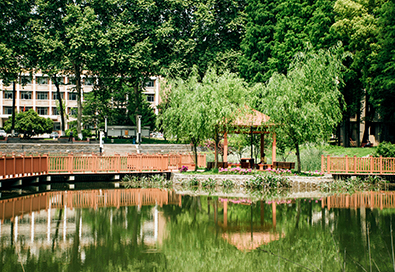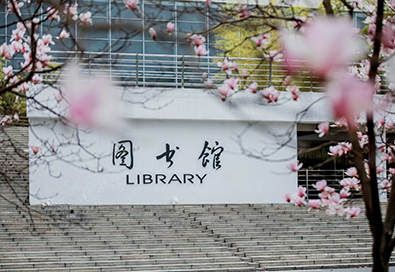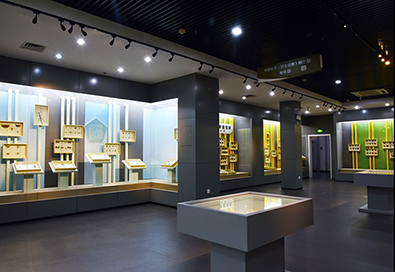HZAU marks beginning of higher agricultural education in China
Huazhong Agricultural University (HZAU) is located in the main urban area of Wuhan, Hubei province in central China. It was founded in 1898 during the reign of Emperor Guangxu (1871-1908) of the Qing Dynasty (1644-1911) by Zhang Zhidong, the then-governor of Hubei and Hunan provinces, as the Hubei Farming School in China.
In 1979, it was designated as a key national university directly under the Ministry of Agriculture and Rural Affairs by the State Council. In 1985, the university got its present name. It became a national 211 Project key university in 2005 and a national "double first-class" construction university in 2017.
HZAU achieves remarkable educational milestones
HZAU boasts 17 colleges and departments, offering a comprehensive academic portfolio that includes 67 undergraduate majors, 27 master's academic degree programs, 18 master's professional degree programs, 15 doctoral academic programs, and 5 doctoral professional degree programs. It serves a vibrant student body of over 34,000 full-time students. The university's teaching excellence is nationally recognized, with a cumulative total of 30 national teaching achievement awards, including one special prize, four first prizes, and 25 second prizes.
HZAU has secured one national education system reform project and one base under China's first Top-notch Student Training Program for Basic Disciplines 2.0. In line with the nation's strategic goals, it has also been approved for six national-level "New Agricultural Sciences", five "New Engineering", and four "New Liberal Arts" research and reform projects. To enhance practical learning, it operates four national-level experimental teaching demonstration centers, 11 national-level off-campus practice bases and six collaborative talent cultivation bases focusing on agriculture, science, and education.
HZAU's disciplines stand out
HZAU has, in the first round of "double first-class" effectiveness evaluation, reached the first grade in seven out of nine evaluation indicators. Five disciplines — namely biology, horticulture, animal husbandry, veterinary medicine and agricultural and forestry economic management — were selected for the second round of construction disciplines under the national "double first-class" initiative.
HZAU's global standing is also evident in the Thomson Reuters' Essential Science Indicators (ESI) rankings. A total of 14 of its disciplines are in the top 1% globally, with two of these in the top 1‰ and one in the top 0.1‰. These disciplines span six categories: agronomy, life science, natural science, engineering, medicine, and social science. Notably, its top 1% disciplines achieve full coverage of both the agronomy and life science categories, while its top 1‰ disciplines fully cover all areas of agronomy.
HZAU gathers an elite cohort of academic leaders
HZAU has a robust team of faculty and staff consisting of 3,022 people, which includes 1,701 teachers, 559 of whom are professors, and 322 post-docs. Its esteemed faculty includes one academician of the Chinese Academy of Sciences, five academicians of the Chinese Academy of Engineering, one foreign academician of the US National Academy of Sciences, and five National Distinguished Teachers.
HZAU is home to six Innovation Research Groups supported by the National Natural Science Foundation of China. Additionally, it hosts 83 outstanding innovation teams at the provincial and ministerial levels, along with seven national-level teaching teams.
HZAU excels in scientific innovation and social service
HZAU boasts three national key laboratories, three national engineering (technology) research centers, one national innovation platform for integration of production and education in biological breeding, one frontier science center of the Ministry of Education.
It also boasts robust research infrastructure with 15 international science and technology cooperation bases, 31 ministerial or provincial-level (engineering) key laboratories, 46 ministerial or provincial-level R&D centers, six higher education institution discipline innovation and talent introduction bases, and seven provincial-level key research bases for humanities and social sciences.
Over the past five years, the university has led or participated in more than 100 key national scientific research projects, securing over 6 billion yuan ($837 million) in funding. With the vision of becoming a world-famous, research-intensive university with world-class dominant disciplines and distinctive characteristics, HZAU has made significant efforts and achieved remarkable results, particularly in the fields of hybrid rapeseed, green rice, high-quality breeding pigs, animal vaccines, premium citrus, test-tube potatoes, cotton, corn, and freshwater fish, among other crop products.
HZAU's global outreach thrives
HZAU has signed and implemented agreements with 168 universities and research institutions worldwide, including prominent institutions like the University of California, Davis, and Wageningen University & Research in the Netherlands.
Expanding its global footprint, HZAU has established the Joint Institute of Huazhong Agricultural University and Lincoln University and set up an overseas science and education demonstration base in the Democratic Republic of the Congo. The university has also taken a leading role in global initiatives, founding the International Poverty Reduction Academy at HZAU, launching the Global Food Security Association for Young Scientists, and hosting the Belt and Road Initiative Sino-Pakistan Agriculture Forum.
HZAU currently has 432 international students, with 85 percent of its doctoral students coming from leading universities and research institutes in their home countries. The high caliber of its international faculty is also notable, with one foreign professor receiving the prestigious Chinese Government Friendship Award and two others honored with the Chime Bell Prize of Hubei Province.
HZAU enjoys ideal educational conditions
HZAU boasts a truly unique and advantageous campus environment. Nestled on Shizi Mountain, with a lake embracing three of its sides, the campus spans 5 square kilometers of picturesque landscapes. It is renowned for its elegant setting and beautiful scenery, featuring 9 kilometers of serene lakeside shoreline, 10 kilometers of "forest-lined roads", and a 6.6-kilometer greenway.
HZAU is equipped with a total building area of 1.98 million square meters. Its library holds a vast collection of over 2.2 million physical books and more than 4.05 million electronic books and journals. It was awarded the title of "National Civilized Campus" in 2017, 2020, and 2025, a testament to its enduring spirit of cultural and ethical development.
Development vision
By 2035, the development vision of HZAU is to become a distinctive, world-class institution. We aim to establish the university as a global hub for higher agricultural education, a key engine for agricultural science and technology innovation, and a leading center for attracting top-tier talent.

